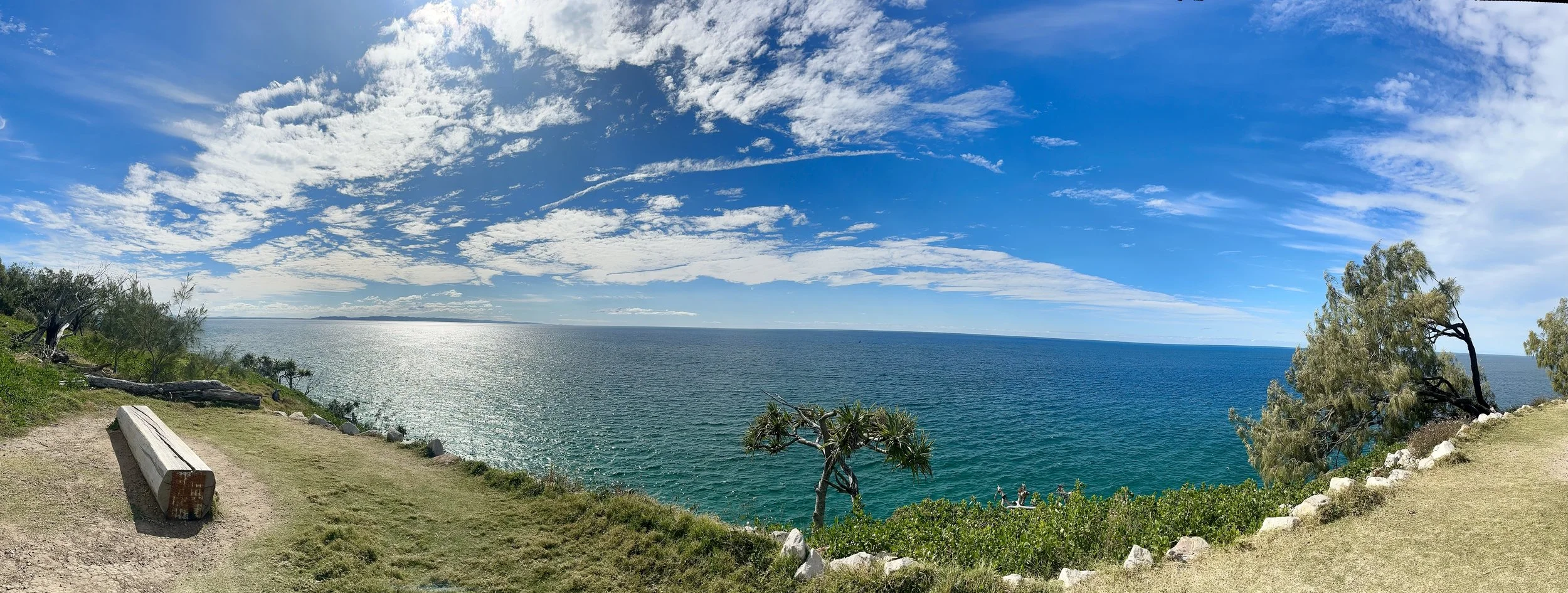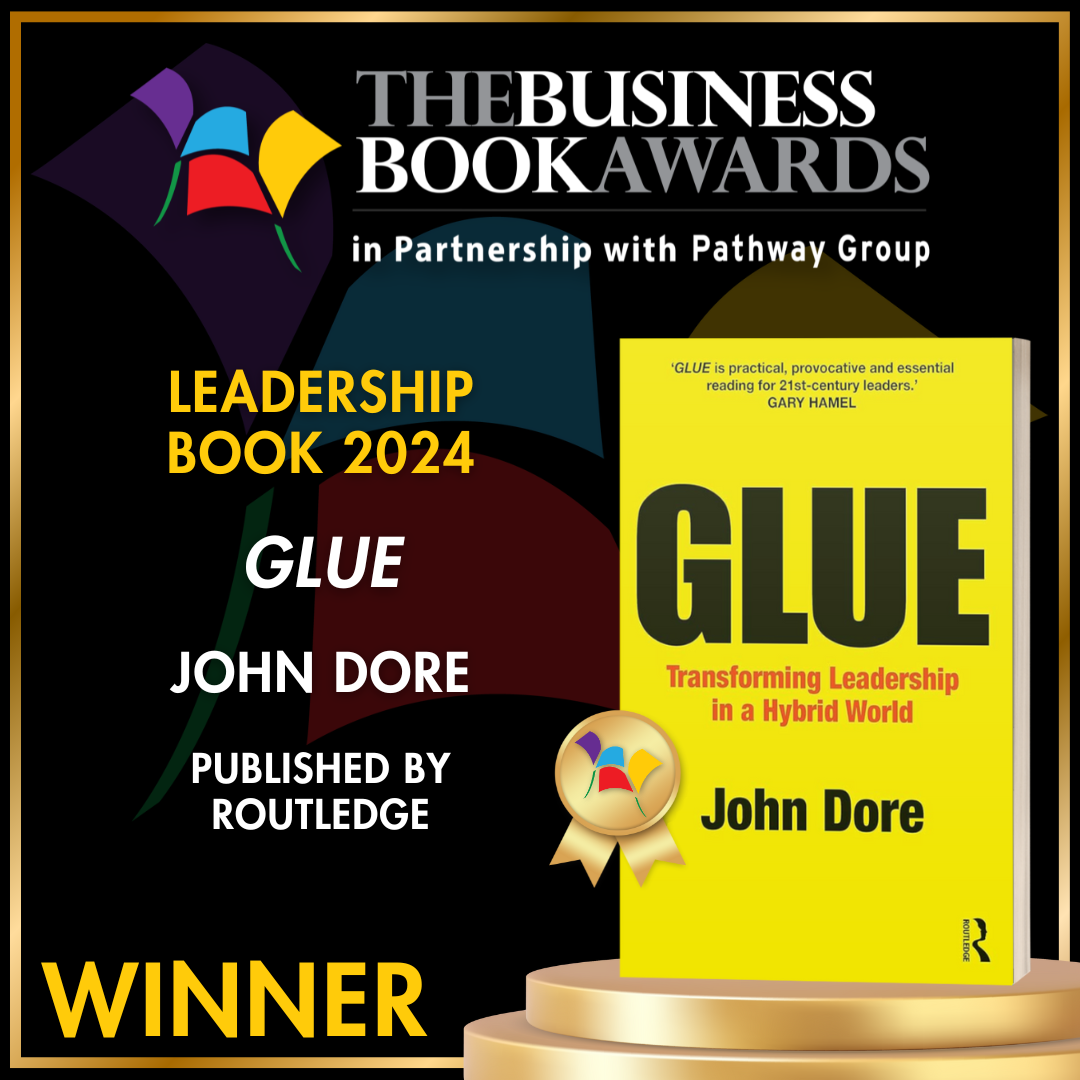Unleash the Power of Networks
/Networking at a Conference: your idea of heaven, or hell?
Few of us truly relish networking. We may well recognise the importance of a good network, but maintaining and growing one demands time, effort and some adapted behaviours that can exhaust the introvert and be tiresome even for the most outgoing amongst us.
We might enthusiastically sign up for conferences, events and seminars with the hope of connecting with key influencers and valuable business introducers. But we often leave deflated, feeling that the time was wasted. Or worse, we depart clutching a random bundle of business cards but then never re-connect with their owners.
Some try to concentrate their efforts online. By creating topical thought pieces, regularly sharing smart ideas and hungrily aggregating Twitter and Linked-In followers, it has never been easier, it seems, to build an impressive looking network. Unfortunately, this approach alone cannot create the sort of 'sticky' relationships made offline. Put simply, a 1,000 connections on Linked-in does not a true network make.
Our approach, called Four Routes to Growth, is very simple and, if pursued with some discipline, can be enormously powerful.
Evaluate your current network
The first step is to evaluate where you are now in terms of your existing network, focusing on close personal relationships, current and former colleagues and valued clients. Many other networking methods start similarly and encourage you to compile a list of everyone you know. Without too much trouble, you can export this from Linked-In, Facebook, various unlogged business cards and your online address book. You may quickly amass hundreds and hundreds of names.
The crucial step though is to evaluate what you see. You might grade or rate or colour code the list from close to distant, accessible to inaccessible. Think deeply about how close and how engaged you would describe your contacts; particularly the ones you rank towards the top of your list. Critically appraise how effectively you have maintained, developed, supported and regularly embraced (in all senses of the word) these key relationships in recent times. This might give you some pause for thought, but even if it does, don’t be deterred.
Your available time for networking is always going to be scarce, so depending on your specific goal, you need to dedicate your time to a particular strategy. This is what we call the Four Routes to Growth: Enhance, Expand, Extend, and Explore.
Route One: ENHANCE your most valuable relationships
The most valuable network we have is not the one “out there”, but the one we already have. We call a renewed focus on this group Enhance. For many good reasons you may find that the number of professional relationships that you describe as very close is relatively small, but where these relationships do run deeper than the merely transactional or ephemeral, they can be powerful places to start your networking adventure. You may feel that you already have a good foundation on which to build, in which case we advocate that you actively seek to expand-out from that core.
One of the exercises we undertook with the RMs was to get them to think about how well connected they were with one another. Many had been colleagues for years but seemed to know surprisingly little about one another away from their role, or position within the firm. Few knew their colleagues’ personal stories, skills or life-experiences. Surely an opportunity missed?
Route Two: EXPAND your existing network
We most naturally expand our networks through deeper relationships with those we already know. We meet their life-partners, families, colleagues, clients and suppliers. These connections can generate huge value. Expanding your network does not have to be a lengthy expedition, but can be best initiated from within your closest and most accessible relationships. It’s a tongue twister, but it’s not what you know, it’s who you know knows who.
You may feel that some once warm contacts have now cooled because of time, or distance. There is no manual that can make you pick up a phone or reach out to a once close contact and make that relationship ‘click’ again. But if you are hesitant about their likely response, consider how you’ve responded to a suddenly revived contact from the past? Perhaps a former colleague, or an alumni contact from University? Our guess is your now 'distant' contact will respond in much the same way as you.
Route Three: EXTEND your reach
Extending your network means moving into a space that is unfamiliar and more difficult to access. The good news is that the starting point will still often be from within your existing professional network, so ask to be referred. Sales professionals spotted this sometime ago, as did recruiters, estate agents, dentists and (increasingly) the algorithm built into the API in your social network of choice. Of course, it’s now easy to blithely share, like and recommend a contact online and such virtual endorsement of real-world connections can be useful reciprocal stroke or nudge. Ultimately though, the development of valid strong relationships takes time and real-world personal attention.
Network relationships, as opposed to network contacts, emerge more naturally from conversations which extend beyond 140 characters. Initiating these conversations may initially seem alien, pushy, perverse or uncomfortable, but all are par for the course in your goal of extending your network. The key seems to be to seek opportunities to “pay forward” your own energies and ideas as an offer of help to others.
Route Four: EXPLORE new networks
Here is realm of the adventurer, the conference junkie, the traveller, the explorer. If you are seeking opportunities to radically develop a wholly new branch of your network, then perhaps Exploring will take the majority of your time and stretch you more than any other route. But cultivating a number of radically new introductions can transform your network.
A close colleague of ours spent pretty much every spare hour of his life developing new contacts and relationships that would help him find ways to pitch his entrepreneurial venture. He's now CEO of that venture. Also, don’t be phased by the discovery of the huge numbers of others exploring the same route as you. In 2010 I managed to secure accreditation to attend the film market at the Cannes Film Festival. My badge gleamed in the sun as I approached this hard won opportunity to press real film-making flesh and sell my script. 14,000 others were accredited in the same market that week.
So you’re an Explorer, picture yourself in the coffee area of a busy conference, head down, scrolling through emails on your phone. This does nothing to extend your network or your well-being. In that moment, think how you can be helpful to others, not how the others in the room can help you. As Keith Ferrazzi wrote in the wittily titled, Never Eat Alone: “Successful networking is never about simply getting what you want. It’s a sort of career karma, too; how much you give to the network determines how much you’ll receive.” Turn off the phone and however clumsily, turn to someone and say hello.
Applying the Four Routes to Growth
If you like the framework and have stayed with me this far, then the following plan of attack might work for you.
Look at your schedule for the next six months and no matter how busy you feel you will be, commit to finding 100 hours to developing your network. You may legitimately wish to pursue all four routes simultaneously but the more clarity you have on your specific networking goal, the more likely you are to smartly prioritise one route. The crucial element is to plan your time strategically and not to underestimate the commitment needed. If 100 hours seems a lot, remember Malcolm Gladwell's dictum that it takes 10,000 hours to become truly accomplished in any pursuit.
If your network goal is a new position or promotion within your existing firm, then your approach may focus on Enhancing and Expanding your core network of internal relationships. If an external career move is planned, you might focus your time on Extending your network, using existing Enhanced network as a safe and confidential route to secure informal conversations. Exploring is by its nature more time consuming and more variable in its outcomes. Enhancing may seem more passive and less exhilarating but over time may create a foundation for unlocking Extended networks.
Evaluate where you are at the outset and re-assess again at the end of the 100-hour campaign. Take time to review how your network has evolved. What did you learn about yourself, your aspirations and the people you met on the journey? What opportunities did your campaign throw up for you to recommend or refer others? If you feel underwhelmed by the outcomes, did you really invest the time that was needed?
A final thought
ThE FOUR ROUTES TO GROWTH MODEL
Groups we have worked with have embraced the approach and used it well. We observed though that their commitment to the process was reinforced because they shared their personal goals and strategy with one another. Those conversations seemed to be the catalyst for some early momentum. So before you set out on your route, tell someone you trust what you’re trying to achieve. That might be the most valuable conversation about networking you ever have.























